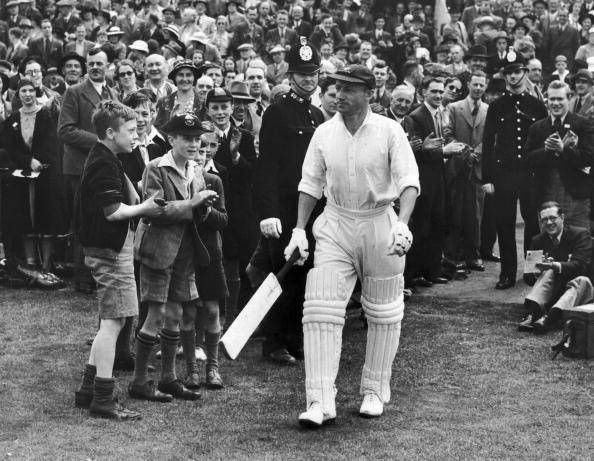
Factors to be considered while comparing cricketers of different eras
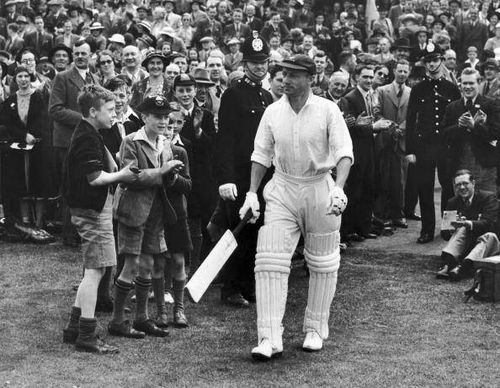
How often do we come across comparisons between two great players of different eras? Cricket is predominantly a numbers game with records getting tumbled one after another with time. One legend creates it, another legend breaks it. Every viewer will have their choice of cricketer that they’d deem as the greatest to have played the game. That choice will have been made after comparisons between the options they chose from.
It is quite inevitable that the comparisons will be drawn since the record of every player across different eras are shown together based on the number of runs scored or the number of wickets taken and not according to the time period during which they played or the quality of oppositions they faced. Eventually, only the number of runs and wickets are considered as milestones.
Quite often, we hear people berating a player of the modern generation in comparison with an erstwhile great and vice versa. Blokes from this generation might not have had a glimpse of Viv Richards or Dennis Lillee. They might base their argument on the greatest player ever only from what they have seen. Someone from the 70s who religiously follows cricket would have their own theories for rating a player from the 80s better than a modern great.
Is it Sachin Tendulkar or Don Bradman? Gary Sobers or Jacques Kallis? Will it be Wasim Akram or Malcolm Marshall? Is Dale Steyn better than Curtly Ambrose? All these players and a lot more of them across generations have an astounding record.
There are a few modern young cricketers who’re on their way up to join these greats. These records would have been achieved during different times against different oppositions under different playing conditions, rules and formats.
Given this scenario, is it fair to indulge in blunt comparisons to pick one player over another? While that makes sense for a few set of players wherein the evidences are quite obvious, it might not be the right thing to do on most occasions wherein the players in comparison have been ingenious in their own right. Players must be remembered as much for their skills, personality and mental toughness as they are for the number of runs they piled on or the number of wickets they claimed.
When two prolific batsmen from different eras with striking numbers to go with their names are pitted against each other, what must be the ideal way of comparing these two greats? What are the factors to be weighed upon before picking the greater player of the two? Or, is this dichotomy possible at all? Here are some factors that would matter while getting into the act of assessment:
Pitch conditions
The hallmark of a great player is his ability to master the overseas conditions. That’s what separates the good from the great. Very few players have been at ease in all conditions. Invariably, every player would have struggled to perform overseas at some point in his career. The great ones alone overcome their flaws and go on to become legendary.
Arguably, until 15 years back, players have had to score their runs on bowler-friendly pitches as compared to the belters we are seeing them score on right now. The WACA was seemingly more bouncy with a lot more pace before.
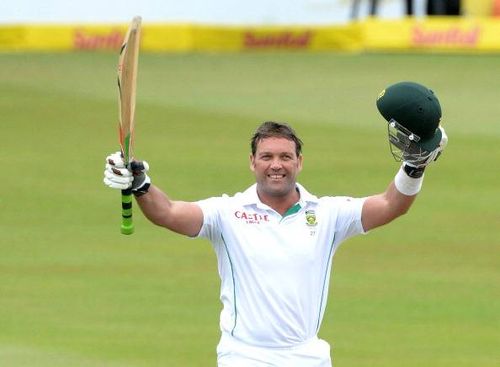
Word from the experts is that the pitch has gotten relatively slower these days. English conditions were even tougher to deal with in the past wherein batsmen have had to tackle the prodigious swing and seam. While the conditions are still favorable, the pitches have relatively flattened out a bit. Sub continental pitches contained the deadly venom of spin that had the potential to flip a match over within the first three days, but it’s not the same anymore.
This change is largely due to the fact that the game has evolved keeping in mind the interests of the spectators who are quite lukewarm towards watching low scoring games. The curators are asked to prepare pitches that would last five days in Test cricket in order to allure the spectators. Whereas in the past, cricket bore a fairly simple semblance with a pure battle taking place between bat and ball on uncovered pitches.
Bowlers enjoyed being bowlers and the batsmen had to be stoic to amass the runs. To confront the likes of Michael Holding, Andy Roberts, Dennis Lillee and co on those pitches, a batsman would have to set himself up on a different zone altogether. Taking this factor into consideration for a comparison, the batsman of the previous era will walk away with the glory.
Quality of opposition
Fast bowlers of the previous era were a force to reckon with. They were simply asked to run in and bowl fast with precision. There was no room for variations or slower deliveries. It was considered crime for a West Indian fast bowler to bowl any lesser than 130 km/hr.
All they cared about was test cricket and they backed themselves to endure the pain of long bowling hours. Batsmen of that era had to confront a pack of wolves coming at them on a cricket pitch. The sight of a fast bowler running could turn them into a timorous lot.
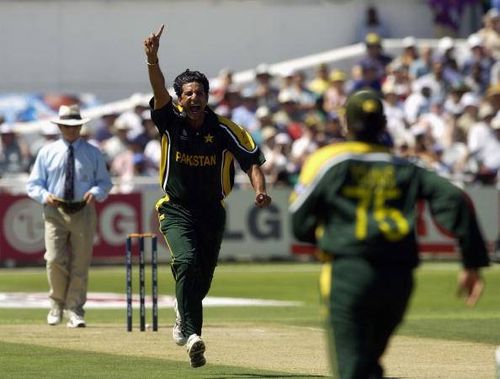
But the advent of T20 and batsmen-friendly rules in the modern era has led to the diminishment of pure fast bowling. With the bowlers waking up to the riches of IPL and truckload of T20 cricket, they have found it tough to consistently trouble the batsmen in Tests.
Very few quality bowlers evoke the sense of fear in batsmen these days. The scheme of things has changed so much that the batsmen have started to play the sweep and the scoop to the fast bowlers. The modern batsmen would be licking their chops at the prospect of facing these bowlers. Batsmen from the previous era would have to be rated higher for the quality of opposition they faced.
Familiarity
With the emergence of domestic T20 leagues around the world, players from different countries share the same dressing room. They spend a considerable amount of time together exchanging their survival techniques, approach towards the game and eventually their weaknesses. This proves to be a telling factor when they face each other in international matches.
With adequate knowledge about the strengths and weaknesses of an opponent, outsmarting each other and getting under the skin of the other player become imperative. This can be double-edged as a player can use it to his advantage or let his opponent take that advantage.
This was not the case in the past where the opponents were more conservative and guarded. Bowlers had to play a few matches to find a batsman’s spot of botheration and vice versa. They never had the opportunity to share a dressing room.
Adaptability
Cricket was essentially embodied by test matches played between two nations alone. The evolution of the game with time has led to the game branching out into three different formats currently.
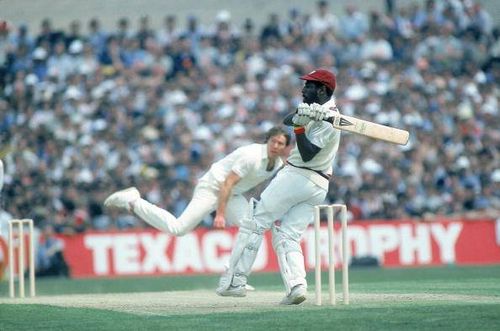
While the players in the past have had to get down to the nitty-gritty of adapting to two formats (Tests and ODIs), they now play three formats of the game (T20s). The skill level, attitude, technique and the approach to each format are completely different. Being consistent in one format is relatively easy compared to achieving the same in different formats. This factor undoubtedly favors the modern batsmen.
Workload & Scheduling
With every format of the game having its own space, scheduling becomes an inherent problem for modern day cricketers. Their international assignments aside, they are also part of domestic T20 leagues which results in minimal rest.
Apparently, they end up playing 11 months in a year. Not only does it drain their physical efficiency, but it also extracts a lot out of their minds. On the contrary, cricketers in the past had to play minimal cricket which reflected in their longevity.
These days, the prospect of a cricketer playing all three formats of the game for more than 10 years is nearly impossible. Even if the longevity is achieved, he is marred by injuries and lack of form. Inevitably, the workload eats into the quality of a cricketer which results in subdued performances.
Increased awareness & expectations
With the social media ruling the roost and people getting to know of every nuance about a cricketer and his life, it has become increasingly difficult for any cricketer to switch off and redeem himself. They are at the fans’ disposal the minute they fail to perform.
The difference from what it used to be is that there was no direct connect between the fans and the cricketers in the past. Expectations and awareness were a lot lesser too. With social networking sites, cricketers’ lives have been subjected to microscopic surveillance.
This does not necessarily affect the performances, but it sure does play a role in adding to the pressure. Sometimes, even a few sections of media exaggerate a series loss to macroscopic levels resulting in unrest among the players.
Any comparison across different eras have to take into account the factors that might not be evidently visible but play a vital role in shaping up the career of a cricketer. It is easy to choose from four different options based on what catches our eyes, but it is only appropriate to take a deeper assessment before going on a comparison ride.